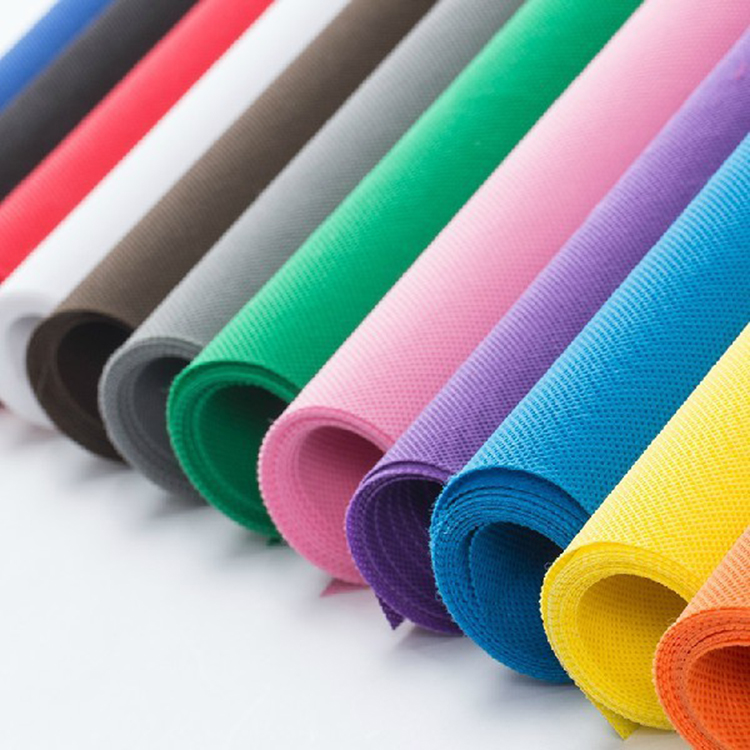PP spunbond non woven fabric has become one of the most widely used and strategically important materials in global manufacturing. Its versatility, cost-effectiveness, and stable performance make it a preferred choice for B2B buyers across hygiene, agriculture, medical, packaging, furniture, and industrial applications.
Material Characteristics and Key Advantages
Produced through melt extrusion, filament laying, and thermal bonding, PP spunbond non woven fabric offers a uniform and consistent structure suitable for large-scale production.
Key advantages include:
- Lightweight, durable, and high tensile strength
- Excellent air permeability and moisture control
- Strong chemical stability, non-toxic, and recyclable
- Flexible customization for GSM, width, color, hydrophilic/UV/anti-static treatments
Major Industrial Applications
Thanks to its adaptability, PP spunbond non woven fabric has become a fundamental material across many industrial and consumer product sectors.
Common applications include:
- Hygiene products: diapers, sanitary pads, disposable medical items
- Agriculture: crop covers, weed control fabrics, seedling protection
- Packaging: reusable shopping bags, gift bags, protective wrapping
- Furniture and bedding: mattress fabrics, upholstery liners
Product Types and Functional Categories
(Replaces the previous quality control section)
PP spunbond non woven fabric can be classified into multiple functional product types to meet diverse application requirements:
Typical product categories include:
- Hydrophilic non woven fabric: ideal for hygiene and medical uses
- UV-resistant agricultural non woven fabric: designed for outdoor durability
- Anti-static non woven fabric: used in electronics and industrial protection
- Flame-retardant non woven fabric: suitable for furniture and construction materials
- High-strength packaging-grade non woven fabric: perfect for reusable bags and industrial wrapping
These products can be customized based on GSM, width, color, and surface treatments to support OEM and high-volume industrial applications.
Summary
PP spunbond non woven fabric combines durability, affordability, and broad application flexibility, making it a key material in modern industrial supply chains. As demand grows for lightweight, hygienic, safe, and environmentally friendly materials, PP non woven fabric will continue to play an essential role across multiple industries.
FAQ
1. What industries commonly use PP spunbond non woven fabric?
Hygiene, agriculture, medical supplies, packaging, furniture, and filtration sectors.
2. Can PP spunbond fabric be customized?
Yes. Custom options include GSM, width, color, UV resistance, hydrophilic finishing, and more.
3. Is PP spunbond non woven fabric environmentally friendly?
Polypropylene is recyclable and widely used in eco-focused manufacturing, though it is not biodegradable.
4. Are different functional grades available?
Yes—hydrophilic, UV-resistant, anti-static, flame-retardant, and reinforced packaging grades can be tailored to specific needs.
Post time: Nov-21-2025

